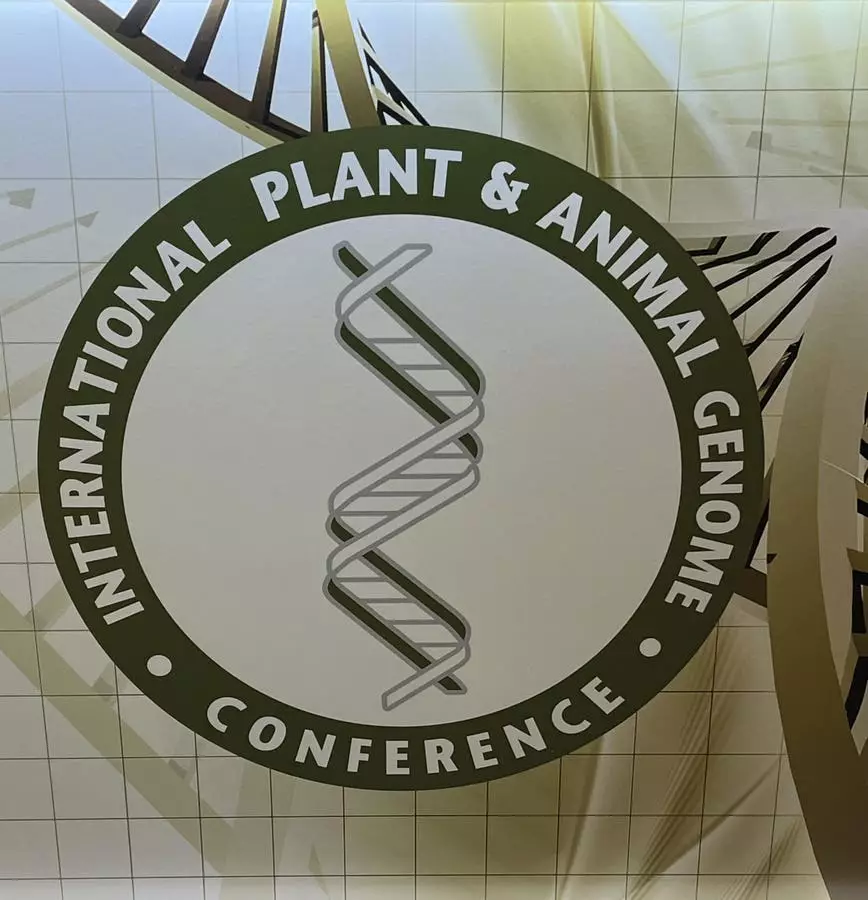The recent Plant and Animal Genomics Conference, held from January 10 to 15 in San Diego, represented a major milestone in the scientific community dedicated to genomic research. Celebrating its 32nd iteration, the event attracted nearly 2,400 participants from 65 countries, underlining the global interest in the transformative capabilities of genomics. This article explores the significant advancements showcased at the conference, alongside the challenges faced by researchers and policymakers in this ever-evolving field.
Genomics, the science of studying the complete set of DNA within an organism, serves as a crucial tool for understanding genetic relationships, origins, and functions. This field extends beyond academic curiosity; it incorporates practical applications that range from medical innovations to agricultural improvements. The advancements in genomic technology have opened a cornucopia of research and development opportunities, especially in plant and animal breeding initiatives. A key element fueling these developments is the dramatic drop in the costs associated with genomic technologies, particularly DNA sequencing, which has become significantly more accessible than just a few years ago.
Looking back, the Human Genome Project, which took 13 years and a budget of nearly $3 billion to map human DNA, now seems archaic compared to today’s capabilities. The leading company in sequencing technology, Illumina, has brought this cost down to an astonishing $200 for the same amount of data in just a few days. Furthermore, the emergence of companies like Ultima, which utilizes silicon wafers from the semiconductor industry combined with artificial intelligence to decode DNA sequences, has made the task even more compact and economical. These advancements signify not just a cost reduction but also an acceleration of research timelines, allowing for unprecedented genetic analysis opportunities.
The vitality of the genomics sector was palpably felt at the conference, evidenced by job listings plastered across multiple bulletin boards within the venue. The event featured seven plenary sessions and over 200 scientific presentations, along with numerous industry workshops and a vast exhibit hall. This demonstration of dynamic growth indicates an emerging market ripe with opportunities, especially for smaller-scale researchers and startups. Advanced genomic technologies are now within reach, enabling smaller entities to embark on innovative genetic analysis that was once the domain of only the industry giants.
Among the numerous discussions held during the conference, three primary techniques for crop genetic improvement emerged as focal points. Marker-Assisted Breeding (MAB), which refines traditional breeding processes, stands out as particularly beneficial due to its ability to pinpoint desirable genes at the seed stage. This method has already been effectively utilized in major row crops, enhancing efficiency in breeding perennial plants where generational growth spans several years.
Moreover, Genome Editing represents another frontier, allowing for precise alterations at the genetic level without introducing foreign DNA. This has potential applications in dealing with climate adaptations, which are becoming increasingly important under changing environmental conditions. Transgenic Crops, on the other hand, facilitate the introduction of new traits, although this method faces more regulatory scrutiny compared to others.
A pivotal session at PAG32 delved into the regulatory environments surrounding these genetic modification techniques. In the United States, pathways for commercialization exist for MAB, Editing, and Transgenics, albeit with complexities that can slow processes down. Agencies such as the USDA, EPA, and FDA are open to engaging with developers to streamline regulatory frameworks.
Internationally, however, the regulatory scene is fraught with challenges, particularly in regions like the European Union where transgenic crops may encounter significant barriers. Despite half a century of research, risks associated with international regulatory discrepancies and country-specific brand protectionism threaten to stifle innovation. This irony poses a dilemma: tremendous advancements exist, yet the full potential of genomics remains curtailed by external regulatory constraints.
While the advancements in genomic technology showcased at the Plant and Animal Genomics Conference signal considerable progress in the field, facilitators and researchers must navigate complex regulatory landscapes to harness these innovations effectively. The potential of genomic technologies holds immense promise, especially for enhancing crop resilience in the face of climate change and meeting the world’s evolving dietary needs. Going forward, collaboration among scientific communities, regulatory bodies, and industry stakeholders will be paramount to ensure that the full benefits of genomic research can be realized globally.


Leave a Reply